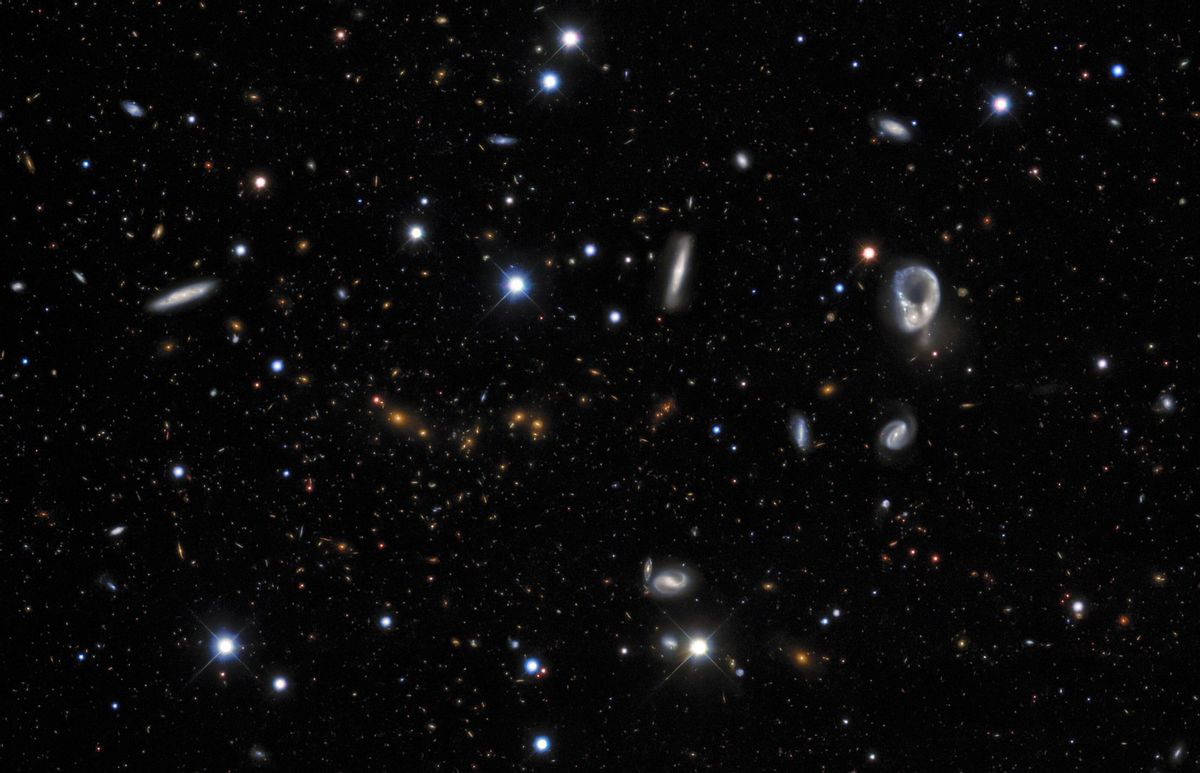We may not be alone in the universe, if a Harvard University initiative has anything to say about it.
The Galileo Project at the Harvard & Smithsonian Center for Astrophysics has a team of scientists led by astronomy Professor Avi Loeb that will search for “extraterrestrial technological signatures” that would help them find possible extraterrestrial civilizations. The initiative was announced in late July 2021.
A statement on Harvard University’s website elaborates on the goals:
The goal of the Galileo Project is to bring the search for extraterrestrial technological signatures of Extraterrestrial Technological Civilizations (ETCs) from accidental or anecdotal observations and legends to the mainstream of transparent, validated and systematic scientific research. This ground-based project is complementary to traditional SETI, in that it searches for physical objects, and not electromagnetic signals, associated with extraterrestrial technological equipment.
Irrespective of the possibility that the Galileo Project may discover additional, or even extraordinary evidence for ETCs, at a minimum the Galileo Project will gather rich data sets that may foster the discovery of — or better scientific explanations for — novel interstellar objects with anomalous properties, and for potential new natural atmospheric phenomena, or in some instances terrestrial technology explanations for many of the presently inexplicable [Unidentified Aerial Phenomena].
The project has received some criticism from outside researchers who say while there is no harm in looking for such things, the possibility of finding anything is slim. It is also receiving private funding of around $2 million.
The project announcement came after a recent U.S. government report on Unidentified Aerial Phenomena (UAP) reported by the navy, and after Oumuamua, an interstellar pancake-shaped object, was spotted in 2017. According to the project team:
Based on astronomical observations, ‘Oumuamua turned out to have highly anomalous properties that defy well-understood natural explanations. We can only speculate whether ‘Oumuamua may be explained by never seen before natural explanations, or by stretching our imagination to ‘Oumuamua perhaps being an extraterrestrial technological object, similar to a very thin light-sail or communication dish, which fits the astronomical data rather well.
After the recent release of the ODNI (Office of the Director of National Intelligence) report on Unidentified Aerial Phenomena (UAP), the scientific community now needs the determination to systematically, scientifically and transparently look for potential evidence of extraterrestrial technological equipment. The impact of any discovery of extraterrestrial technology on science and on our entire world view would be enormous.
The team of scientists is also being advised by experts from the University of Toronto, Yale, Arizona State University, and more. The project will focus on obtaining high-resolution images of Unidentified Aerial Phenomena (UAPs), researching Oumuamua-like objects, and searching for potential ETC satellites.

